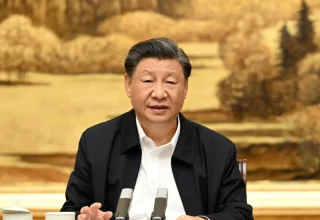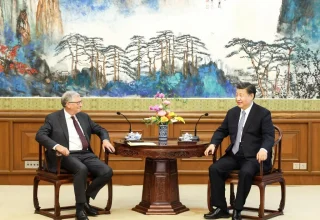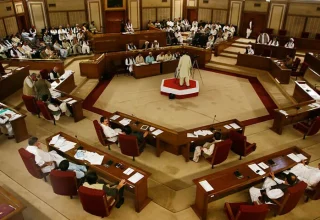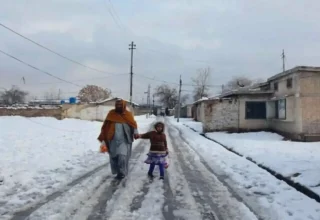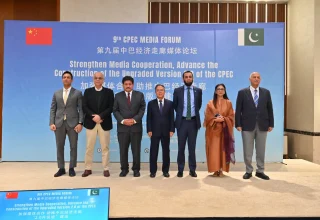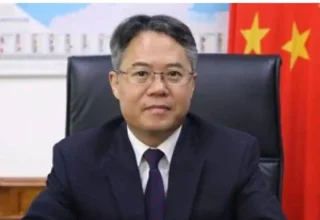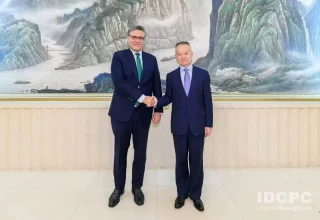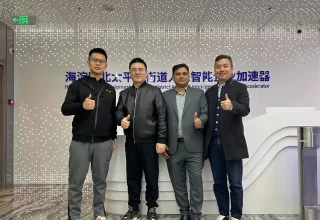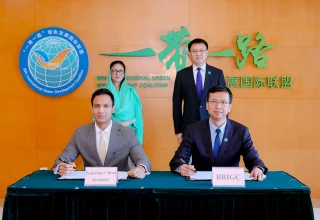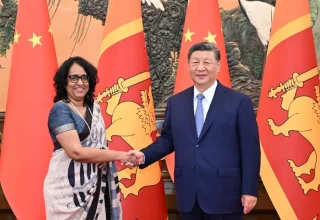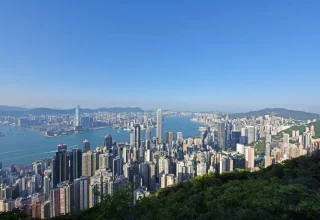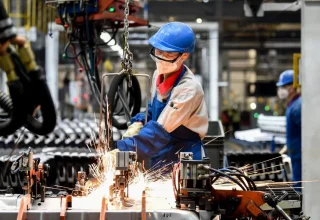
By Jiang Tao —
Seventy years ago, Xinjiang was a landlocked frontier struggling against poverty, desertification, and geographic isolation. Today, it has become a vivid case study of China’s “common prosperity” agenda. More than three million people there have been lifted out of poverty; all 35 impoverished counties have shed their labels. Life expectancy has more than doubled, rising from just 30 years in 1949 to 77 in 2024. The region’s GDP has surged from around 750 billion yuan, or 105 billion U.S. dollars, in 2012 to over two trillion yuan in 2024. These figures are not merely statistics—they represent an experiment in growth that prioritizes both efficiency and fairness, and above all, people’s well-being.
But the Xinjiang story is not just about poverty alleviation. It is also about unlocking development potential as a foundation for sustainability. Situated at the heart of the Silk Road Economic Belt, Xinjiang is now China’s gateway to Central Asia, the Middle East, and Europe. In 2023, Beijing approved the China (Xinjiang) Pilot Free Trade Zone, spanning Urumqi, Kashgar, and Khorgos, turning the region into a new hub of outward-facing growth. In 2024 alone, Xinjiang’s trade with Central Asia reached nearly 300 billion yuan, up 55 percent year-on-year. Add to this its natural endowments—abundant energy, unique landscapes, and vast tourism resources—and Xinjiang illustrates how development, once inclusive, can become self-sustaining.
No One Left Behind
What makes this approach distinctive is its insistence that development must not leave anyone behind. From large-scale partnerships like “paired assistance” programs – which pair more developed provinces with regions in Xinjiang to provide targeted support – to micro-level efforts such as building roads for isolated communities, the logic is consistent: growth must be inclusive. The demographic reality reflects this. Between 2010 and 2018, Xinjiang’s Uyghur population grew by 25 percent—faster than the Han population in the region. Meanwhile, nearly 25,000 religious sites, including mosques, churches, and temples, are active across the region.
This inclusiveness reflects a broader cultural philosophy: that prosperity is meaningful only if shared. In economic terms, it is also a recognition that distribution and growth are inseparable. Adam Smith once observed that the wealth of nations depends not only on the expansion of production but also on how its fruits are distributed. China’s approach places government and market in active coordination—allowing efficiency to drive growth, while policy ensures equity.
From Poverty Alleviation to Global Cooperation
The significance of “common prosperity” extends far beyond China. In a world where some advanced economies tighten monopolies on technology or erect barriers against latecomers, China has taken another path: expanding opportunities for the Global South. The Belt and Road Initiative (BRI) exemplifies this. By leveraging complementary strengths—whether resource-rich but underdeveloped, labor-abundant but job-scarce, or market-rich but infrastructure-poor—BRI has helped transform economic asymmetries into cooperative advantage. Over the past decade, more than 3,000 BRI projects have mobilized close to 1 trillion US dollars in investment and created 420,000 jobs across partner countries.
UN Secretary-General António Guterres once described the initiative as one that “makes people believe it is possible to pursue economic development without leaving anyone behind.” China’s experience in poverty reduction—lifting 800 million people out of poverty—has become a reference point for countries seeking their own paths.
What Kind of World Do We Want?
The global inequality crisis remains stark. According to Oxfam, a global organization that fights inequality to end poverty and injustice, the wealth of the world’s richest elites soared to 15 trillion US dollars in 2024, while half of humanity saw little improvement in their share of income. If current trends persist, the global economy would need to expand 175 times for every person to earn more than five dollars a day. Clearly, the status quo is untenable.
Against this backdrop, China’s experiment offers an alternative vision: that development needs not be zero-sum, that fairness and efficiency can reinforce rather than contradict each other. Xinjiang’s transformation demonstrates that “common prosperity” is not a slogan but a pathway.
While some nations retreat into protectionism and exclusivity, the Chinese approach seeks to return the right to development to every individual, regardless of geography. For a fractured world facing widening gaps and deepening insecurity, it may not be a cure-all. But it is, at the very least, an invitation to rethink what prosperity means—and who it should serve.


